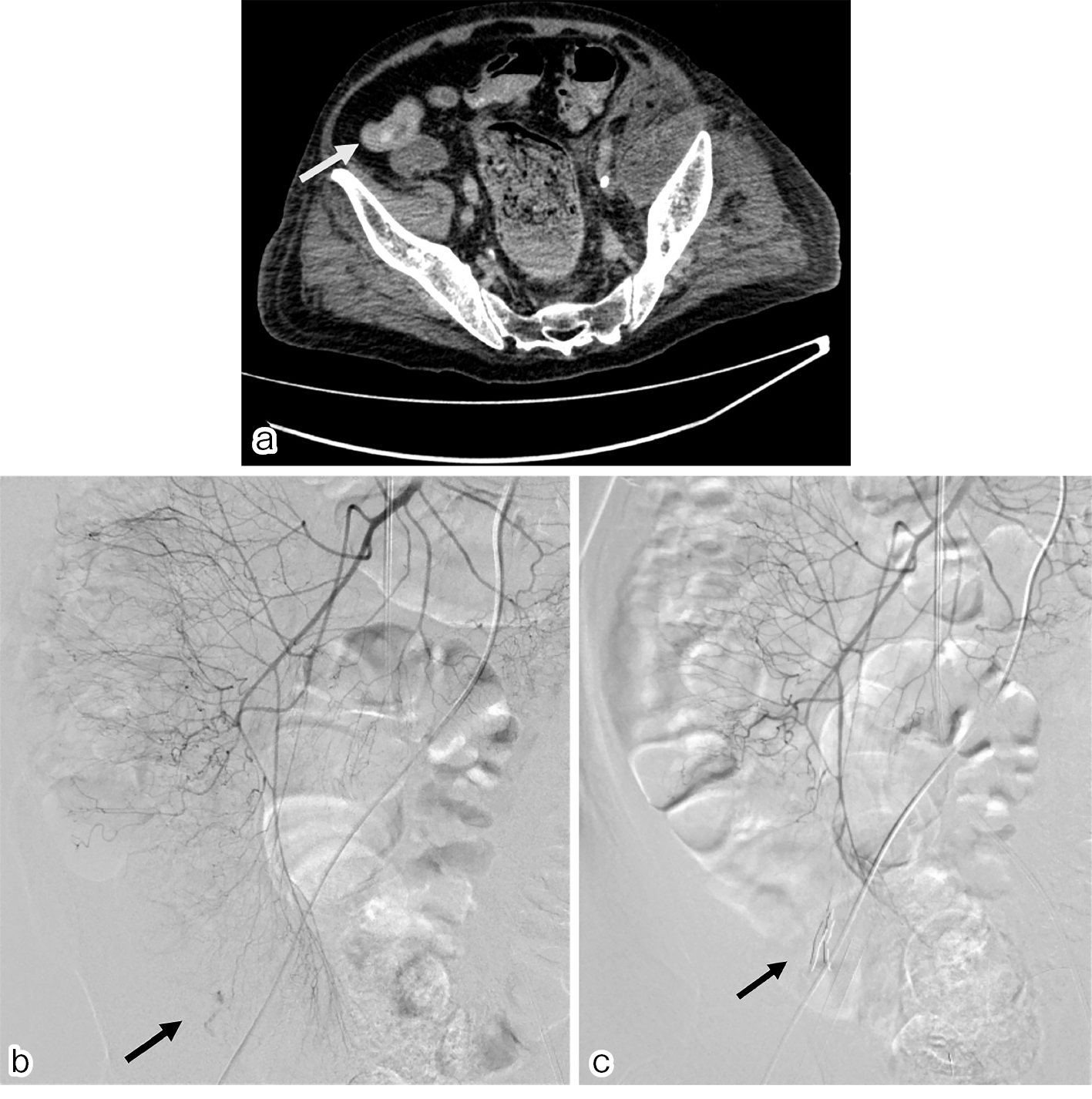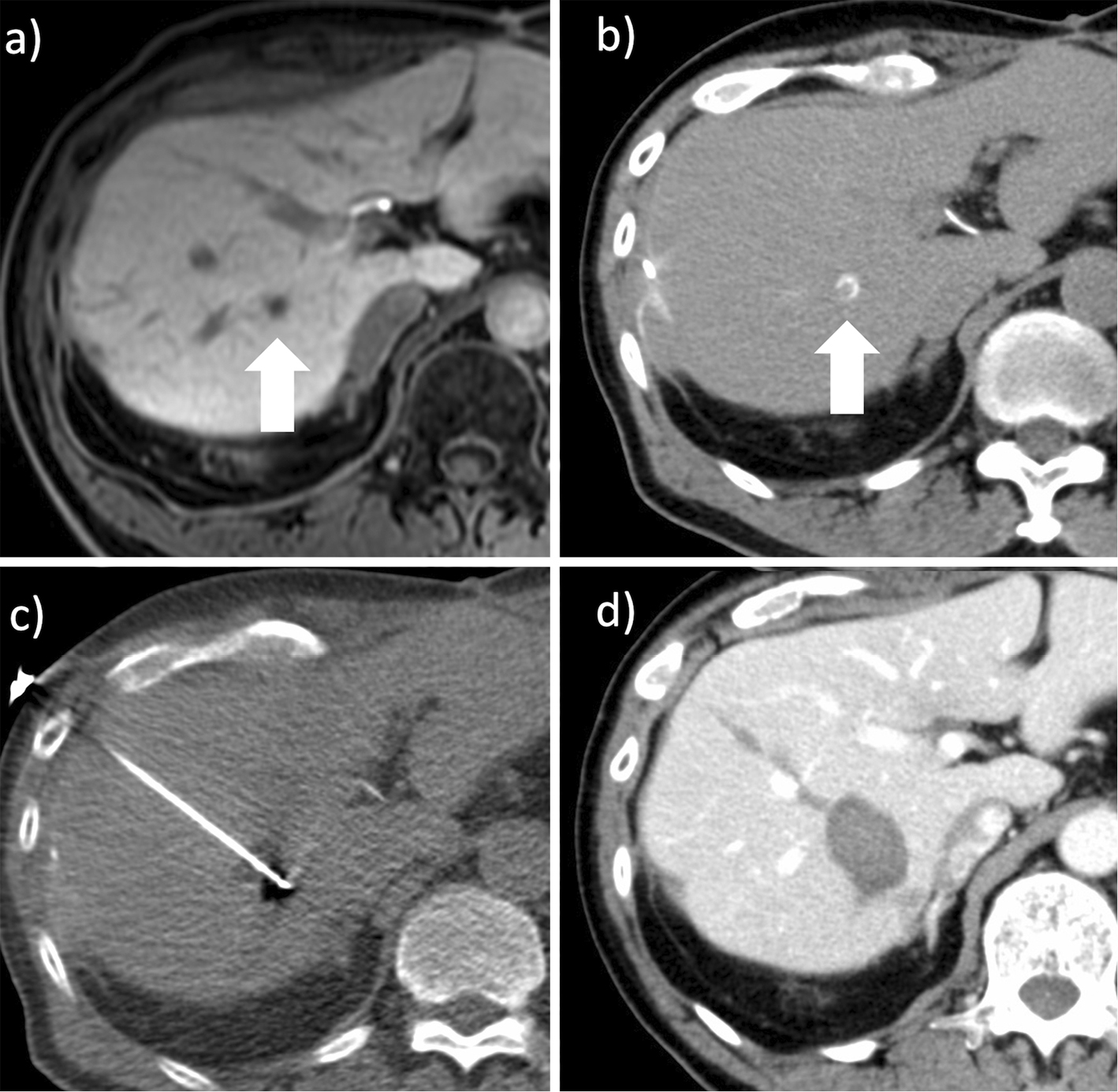Volume 8, Issue 3
Displaying 1-9 of 9 articles from this issue
- |<
- <
- 1
- >
- >|
Review
-
Article type: REVIEW
2023 Volume 8 Issue 3 Pages 118-129
Published: November 01, 2023
Released on J-STAGE: November 01, 2023
Download PDF (2283K)
Original Research
-
Article type: ORIGINAL RESEARCH
2023 Volume 8 Issue 3 Pages 130-135
Published: November 01, 2023
Released on J-STAGE: November 01, 2023
Advance online publication: August 11, 2023Download PDF (536K) -
Article type: ORIGINAL RESEARCH
2023 Volume 8 Issue 3 Pages 136-145
Published: November 01, 2023
Released on J-STAGE: November 01, 2023
Advance online publication: September 21, 2023Download PDF (1205K) -
Article type: ORIGINAL RESEARCH
2023 Volume 8 Issue 3 Pages 146-153
Published: November 01, 2023
Released on J-STAGE: November 01, 2023
Advance online publication: September 21, 2023Download PDF (352K) -
Article type: ORIGINAL RESEARCH
2023 Volume 8 Issue 3 Pages 154-160
Published: November 01, 2023
Released on J-STAGE: November 01, 2023
Advance online publication: September 21, 2023Download PDF (1032K)
Case Report
-
Article type: CASE REPORT
2023 Volume 8 Issue 3 Pages 161-164
Published: November 01, 2023
Released on J-STAGE: November 01, 2023
Download PDF (515K) -
Article type: CASE REPORT
2023 Volume 8 Issue 3 Pages 165-168
Published: November 01, 2023
Released on J-STAGE: November 01, 2023
Advance online publication: September 21, 2023Download PDF (581K)
Technical Note
-
Article type: TECHNICAL NOTE
2023 Volume 8 Issue 3 Pages 169-172
Published: November 01, 2023
Released on J-STAGE: November 01, 2023
Advance online publication: September 21, 2023Download PDF (496K)
Pictorial Essay
-
Article type: PICTORIAL ESSAY
2023 Volume 8 Issue 3 Pages 173-183
Published: November 01, 2023
Released on J-STAGE: November 01, 2023
Download PDF (2140K)
- |<
- <
- 1
- >
- >|









